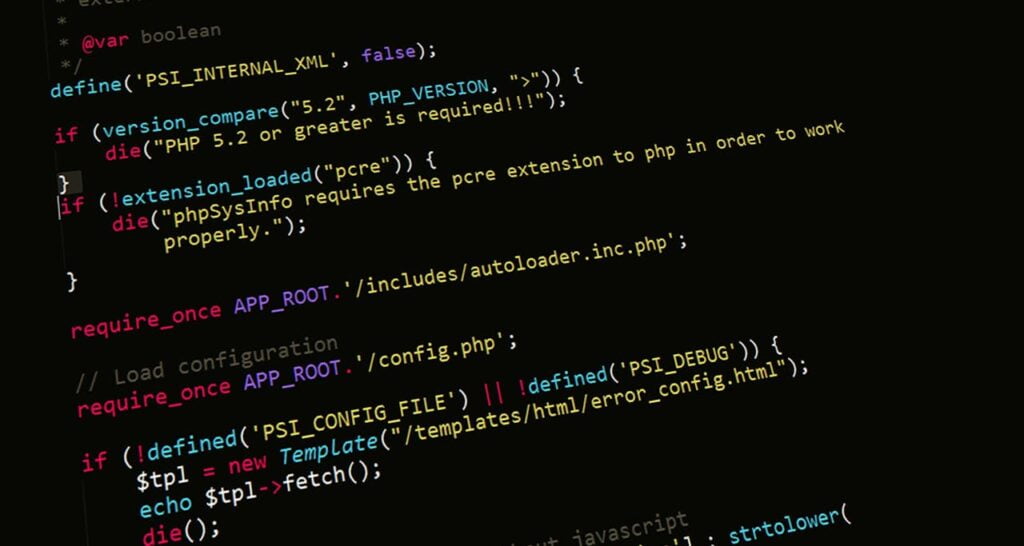Introduction to AI and Its Impact on Productivity
Artificial Intelligence (AI) refers to the development of computer systems capable of performing tasks that typically require human intelligence. These tasks include visual perception, speech recognition, decision-making, and language translation. The journey of AI began in the mid-20th century, but it is the recent advancements that have notably transformed its role across various industries.

AI’s integration into productivity tools has revolutionized traditional approaches, bringing about significant enhancements. The automation of routine tasks through AI enables organizations to redirect human resources toward more strategic activities. For instance, in customer service, AI-driven chatbots handle common queries, allowing human agents to address more complex issues requiring nuanced understanding.
Historically, AI was limited to simple rule-based systems. However, with the advent of machine learning and deep learning, AI systems can now analyze vast amounts of data to identify patterns and optimize outcomes. According to a study by McKinsey, AI could potentially deliver up to $13 trillion in additional economic activity by 2030 through productivity improvements across numerous sectors.
Examples of AI’s successful applications include predictive maintenance in manufacturing, where machine downtime is minimized by forecasting potential failures. In healthcare, AI algorithms analyze medical data to assist in accurate diagnoses and personalized treatment plans. The financial sector leverages AI for fraud detection and automated trading, while the agriculture industry uses AI for crop monitoring and yield prediction.
Looking ahead, the role of AI in enhancing productivity is poised to grow even further. Emerging technologies such as quantum computing and advanced neural networks promise to propel AI capabilities to new heights. This progression underscores AI’s pivotal role in driving efficiency and innovation, ultimately reshaping how businesses operate and compete in the global marketplace.
AI Tools for Improving Personal Productivity
The advent of artificial intelligence has revolutionized personal productivity, offering a range of tools that streamline daily tasks, save time, and enhance overall efficiency. One notable category is virtual assistants such as Siri and Alexa, which provide hands-free, voice-activated assistance for various functions. These AI-powered assistants can manage your calendar, set reminders, and answer queries, allowing you to maximize productivity by delegating routine tasks to them.

Smart scheduling tools further enrich the productivity landscape. Applications like Google Calendar and Calendly employ algorithms to suggest optimal meeting times and coordinate schedules seamlessly. These tools automate the scheduling process, minimizing back-and-forth communication and ensuring that appointments fit into your busy agenda effortlessly.
AI-driven note-taking and organization apps such as Notion and Evernote are indispensable for those aiming to keep their tasks and ideas in order. Notion offers an all-in-one workspace that integrates notes, tasks, databases, and calendar management, providing a customizable platform for team collaboration and individual productivity. Evernote excels in capturing and organizing notes, featuring advanced search capabilities and the ability to categorize information intuitively. Both apps facilitate effective information management, making it simpler to locate and access crucial data.
While these AI tools bring numerous benefits, users should be aware of potential drawbacks. Overreliance on AI can lead to decreased manual problem-solving skills. Additionally, privacy concerns may arise from the data collection practices associated with these tools. To integrate AI effectively, it’s advisable to strike a balance between automation and human oversight, ensuring that technology serves as an aid rather than a crutch.
Enhancing personal productivity with AI is not theoretical; it is grounded in practical success stories. One user recounted how integrating a virtual assistant into their daily routine reduced the time spent on mundane tasks by 30%. Another case study highlighted how a freelancer optimized their work schedule through smart scheduling tools, resulting in a 20% increase in client interactions. These testimonials demonstrate that with thoughtful implementation, AI tools can significantly enhance productivity and streamline daily workflows.
Integrating AI in Team and Organizational Workflows
Integrating AI into team and organizational workflows can significantly enhance collaboration, efficiency, and overall productivity. One of the most effective ways to achieve this is by utilizing AI-driven project management tools. Tools such as Trello, Asana, and Monday.com now incorporate AI technologies that optimize task assignments, predict project timelines, and identify potential bottlenecks. This allows for a more dynamic allocation of resources, ensuring tasks are completed promptly and efficiently.
Communication platforms like Slack have also embraced AI integration. Slack’s AI-powered features offer advanced functionalities, including automated responses, intelligent notifications, and enhanced information retrieval. By analyzing communication patterns, AI can suggest relevant channels, prioritize messages, and even identify team members who might benefit from specific updates. This level of nuanced communication support can markedly reduce the noise in daily interactions, allowing employees to focus on their core responsibilities.
Data analysis software stands at the forefront of AI-driven productivity improvements. Platforms such as Tableau and Power BI leverage AI for trend forecasting, anomaly detection, and instant data visualization. By converting raw data into actionable insights, these tools aid organizations in making informed decisions swiftly. This capacity for real-time analysis supports strategic planning and operational adjustments, leading to improved outcomes.
Best practices for implementing AI in workflows include starting with areas where AI can have the most immediate impact, like data analysis and project management. It’s crucial to engage stakeholders early in the process, clearly communicate the benefits, and provide adequate training to address competency gaps. While resistance to change can be a significant hurdle, fostering a culture of openness and continuous learning can ease the transition.
Real-world examples underscore the transformative power of AI. For instance, IBM has integrated AI to streamline its internal processes, significantly reducing administrative workloads. Similarly, Microsoft’s AI tools in Office 365 have enabled remote teams to collaborate more effectively, enhancing productivity across the board.
Potential challenges include data privacy concerns and the need for robust change management practices. Addressing these issues proactively through transparent policies and dedicated change management teams can mitigate risks and pave the way for seamless AI integration.
Future Trends: AI and the Evolving Landscape of Productivity
The integration of Artificial Intelligence (AI) in various sectors continues to evolve at a rapid pace, shaping how we approach productivity. Emerging trends, particularly advancements in machine learning and predictive analytics, are poised to revolutionize the workforce and redefine job roles. These technologies are designed to streamline processes, enhance decision-making, and generate more efficient workflow management. As AI algorithms become increasingly sophisticated, their capacity to learn and adapt will further improve productivity across industries.
One prominent trend is the emphasis on predictive analytics, which utilizes AI to forecast future events based on historical data. This capability allows businesses to anticipate market trends, optimize supply chains, and make data-driven decisions that enhance operational efficiency. By leveraging AI-enhanced predictive analytics, organizations can proactively address challenges, identify opportunities, and maintain competitive advantages.
However, this technological advancement raises vital ethical considerations. The potential displacement of the workforce due to automation is a pressing concern. AI’s ability to perform tasks traditionally handled by humans may lead to significant changes in job roles and even result in job loss in certain sectors. It is essential for businesses and policymakers to address these concerns by focusing on upskilling and reskilling initiatives. Providing employees with opportunities to learn new skills and adapt to innovative technologies can mitigate the adverse effects of AI-driven automation.
Furthermore, embedding ethical AI principles into the development and deployment of these technologies is crucial. Transparency, accountability, and fairness must be upheld to ensure that AI systems are used responsibly and equitably. Industries must strive to balance the benefits of AI with the need to support and protect the workforce.
Ultimately, staying ahead in this evolving productivity landscape requires embracing AI innovations and fostering a culture of continuous learning and adaptability. By understanding the future trends and predictions related to AI, individuals and organizations can better prepare for the transformations ahead, leveraging AI’s potential to achieve heightened productivity and sustained growth. This forward-looking approach is key to thriving in an increasingly AI-driven world.


